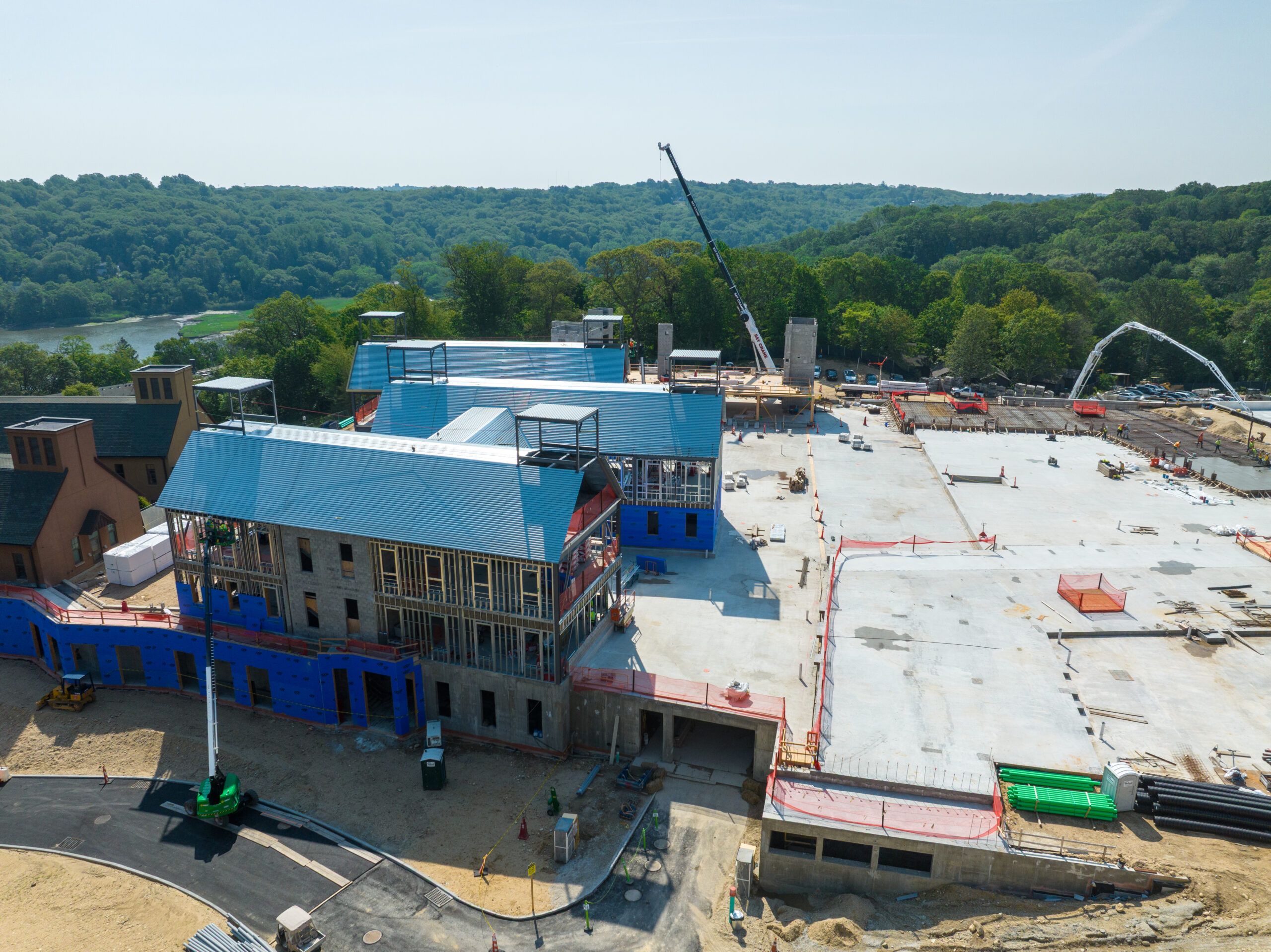We all want our homes to be warm and welcoming. A place where people feel comfortable taking off their shoes, settling into the couch, and asking if there’s more lemonade. That sense of ease doesn’t come from having the most expensive furniture or the trendiest decor. It comes from how a space feels.
These days, people are spending more time at home—by choice and by circumstance. Remote work is common. Home is where we relax, work, eat, scroll, argue, recover, and connect. So it makes sense that we’d want that space to feel good, both for us and the people we invite in.
And for towns like Swanton, OH—where small-town hospitality is the norm and community is everything—making a home feel inviting carries even more weight. Whether it’s neighbors dropping by unannounced or family gathering on short notice, you want your space to feel like it’s ready for connection.
In this blog, we will share what really makes a home feel instantly inviting, and how small choices—some even invisible—can change the way your space welcomes the world.
Comfort Is the Quiet Star
Let’s be honest. Nobody remembers the wallpaper. They remember whether they felt too hot, too cold, or totally fine. Temperature is the first thing we notice when we walk into a room—even if we don’t talk about it.
That’s why climate control matters more than we give it credit for. A cozy blanket and candle might add charm, but if the room feels like a sauna, no one’s sticking around. In places like Swanton, OH, where the seasons know how to show up (and sometimes overstay their welcome), managing indoor comfort is serious business. This is where a trusted air conditioning company in Swanton, OH, becomes more than just a phone number. It’s the behind-the-scenes hero of any welcoming home. Because when the air feels clean, cool, and balanced, everything else falls into place. The atmosphere changes. Conversations flow. People linger.
And it’s not just about temperature. It’s about consistency. No one likes a room that feels different from one step to the next. A good system handles the background work so the rest of your space can shine. But of course, comfort goes beyond temperature. The way a room smells, the way it sounds—these things matter. A faint scent of clean laundry or fresh coffee can say “welcome” better than words. So can the right kind of quiet: not pin-drop silence, but a calm hum that says you’re safe here.
Lighting and Layout Without the Fuss
Lighting has a sneaky power. Harsh overheads can make even the nicest room feel like a hospital waiting area. Meanwhile, soft warm lights in the right spots make a space feel alive and lived in. You don’t need chandeliers or smart bulbs to get this right. Lamps, natural light, and a dimmer switch can do more than a thousand Pinterest boards.
And then there’s layout. We’re not talking about moving walls. Just small shifts. The chair that faces the room instead of the wall. The path that lets someone walk through without bumping a table. These things don’t scream style, but they whisper comfort.
During the height of lockdown life, many people rearranged their homes. Not for looks, but for function. Home offices had to happen in corners, bedrooms, or even closets. We became more aware of space, light, and flow. That awareness has stuck. People now think more about how a room feels, not just how it looks in photos.
Even the couch matters more than we think. Is it too perfect to sit on? Or does it welcome a deep slouch and a spontaneous nap? The answer shapes how people behave in your home.
The Sounds of Something Real
An inviting home has a soundtrack. It’s the quiet clink of dishes, soft background music, or the muffled buzz of a neighbor mowing their lawn. These noises tell us we’re somewhere real, not a showroom.
In recent years, there’s been a push against perfection in design. The rise of “cozy” over “polished” isn’t just a style—it’s a cultural shift. People want to feel relaxed, not impressed.
Homes that show a little life—like a stack of books, a crooked rug, or a half-full coffee mug—feel more like places to live than sets for a catalog shoot.
And when guests visit, that sense of lived-in comfort puts them at ease. They don’t feel like they’re interrupting. They feel like they belong.
The People Make the Place
All of this—lighting, layout, comfort—sets the stage. But the cast matters most. A home can be perfectly designed and still feel cold if the host is anxious, distracted, or clearly trying too hard.
On the other hand, a slightly messy space filled with laughter and easy conversation will always win. People respond to people. Eye contact, a genuine hello, and maybe a snack that didn’t come from a box do more than any throw pillow ever could.
Hospitality is not performance. It’s care. And care shows up in the little things: refilling a glass, remembering a preference, offering a blanket without making a fuss about it. When someone feels seen, they feel welcome.
In tight-knit towns, this kind of hospitality is second nature. But it’s worth being intentional about it—especially as we all come out of long periods of isolation and social weirdness. The world is learning how to be together again. Homes are part of that healing.
The bottom line? So, what makes a home feel instantly inviting? It’s not one thing. It’s a mix of comfort, atmosphere, and attention that adds up to something powerful. It’s a space that doesn’t try to impress but tries to care.
In a time when people are craving connection more than perfection, that kind of home matters more than ever. Whether you live in a big city loft or a quiet house in Swanton, OH, the feeling is what counts.
And yes, maybe the furniture helps. But it’s the air, the warmth, the way you’re greeted—that’s what turns a house into a place people want to return to.
So, fluff the pillows if you must. But also check the thermostat. Put out snacks. Let people see the real you. That’s where the magic happens.












